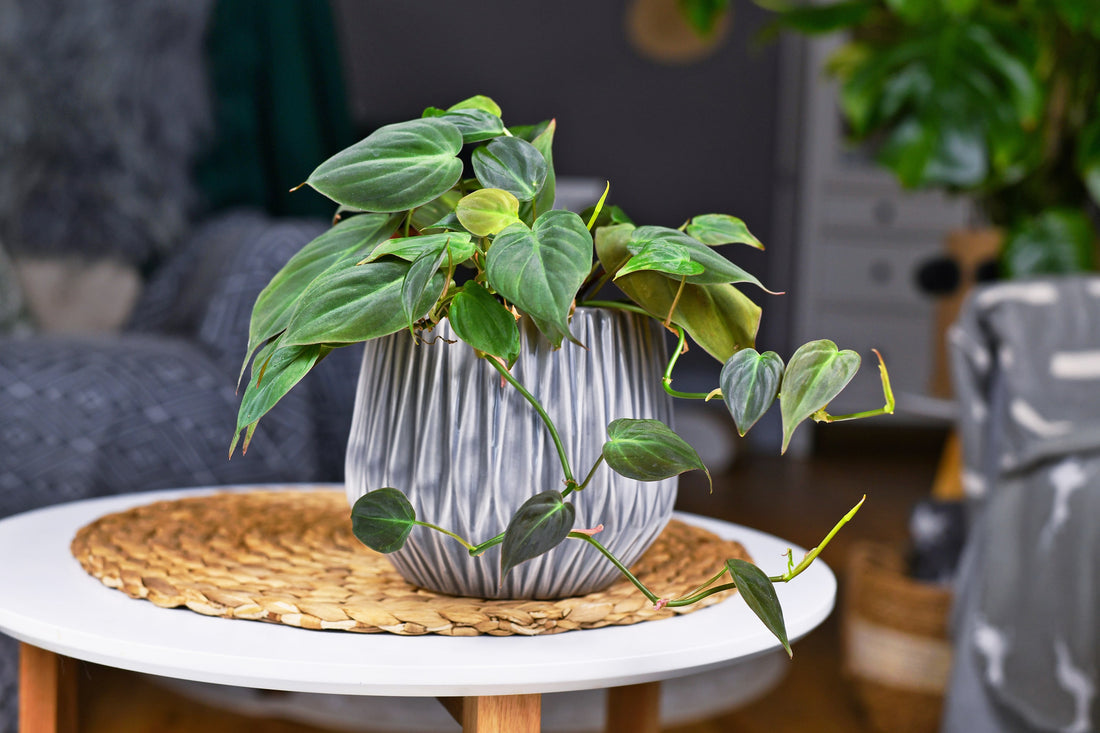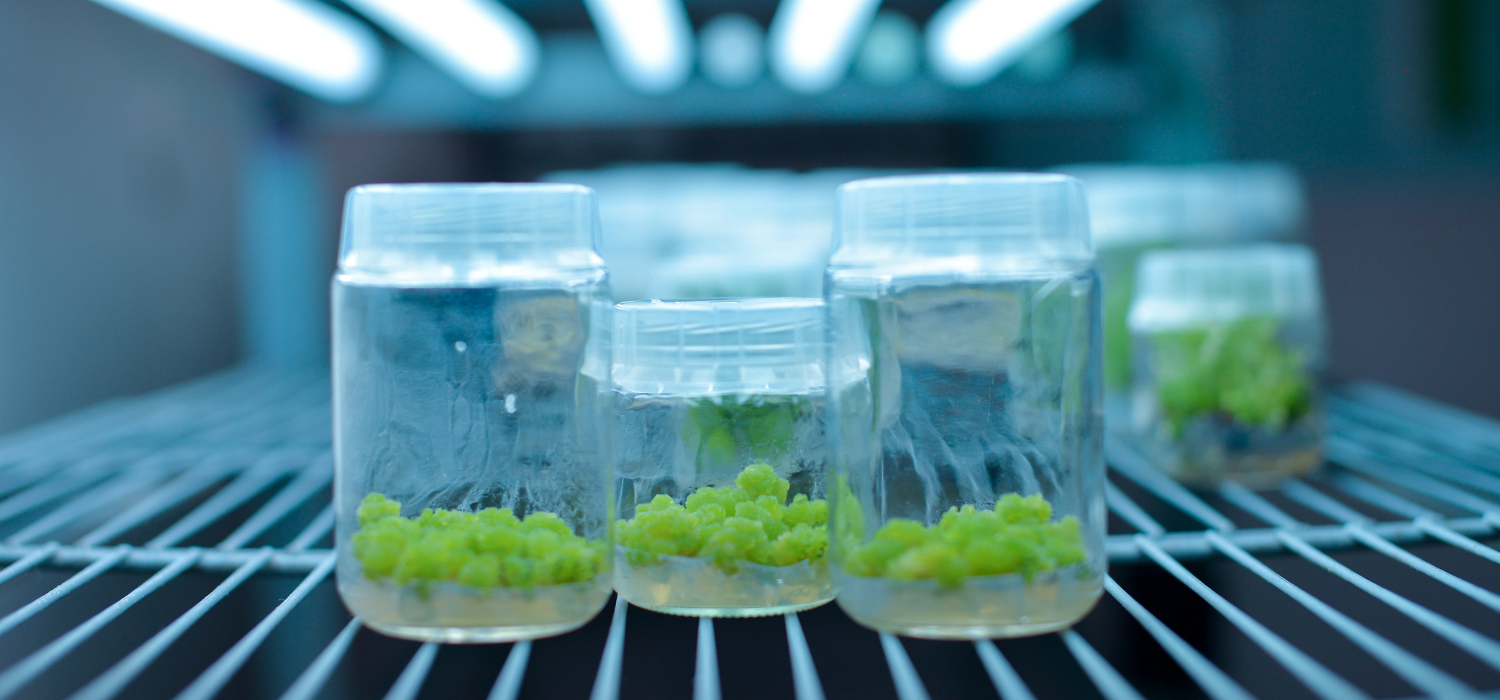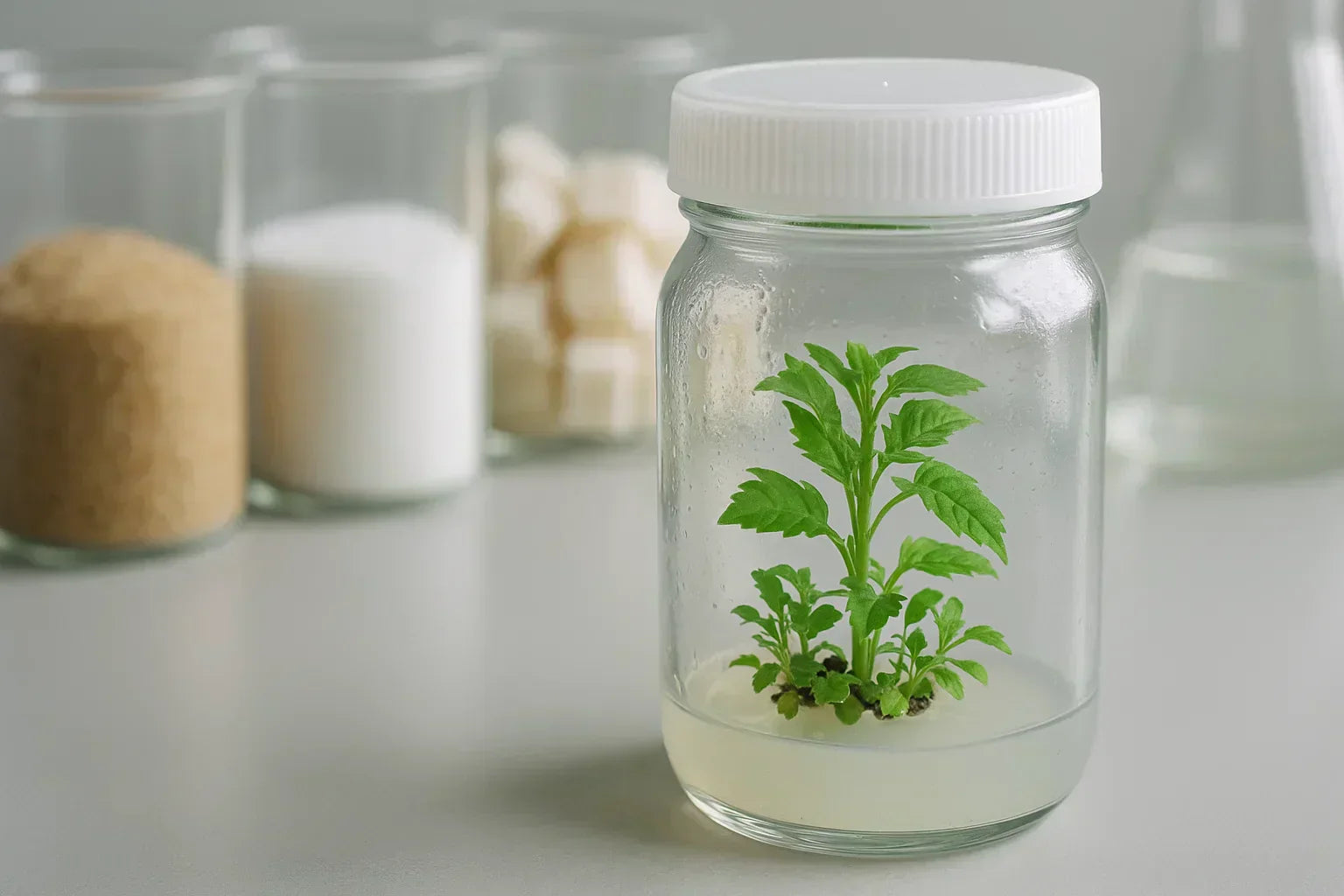
Analyzing The Tissue Culture of Philodendrons!
As a content and community manager, I leverage my expertise in plant biotechnology, passion for tissue culture, and writing skills to create compelling articles, simplifying intricate scientific concepts, and address your inquiries. As a dedicated science communicator, I strive to spark curiosity and foster a love for science in my audience.


Philodendron Plants: The Basics
Philodendrons are beautiful house plants easily grown and enjoyed happily in any setting of your home. They are very friendly to the home environment and have been used for interior design since 1880. These plants require very low maintenance and they grow smoothly for long periods, even if they are left on their own.
The genus of Philodendron is the second-largest member of the Araceae family and comprises 500 species. The Philodendron species are native to tropical, subtropical America, and West Indies. These plants have three growth types:
- Vining type Philodendrons
- Self-heading type Philodendrons
- Tree-like Philodendrons
All three plant types are highly demanded for their attractive foliage and tolerance to indoor environments. But, the self-heading plants have gained major popularity because of the introduction of its new cultivars in the market. Now, they are available in red, yellow, and orange foliages.
This article highlights the features of Philodendrons, suitable conditions they require to flourish well, and tissue culture procedure to culture these plants.
About Philodendrons
Philodendron is derived from a Greek word, meaning “love tree”. The plant has a diverse array of growth methods compared to another genus of the Araceae family. It can be epiphytic, hemiepiphyte, or terrestrial (rare). The leaves of Philodendrons are large, deeply cut, and pinnate. They are arranged in an alternative fashion on the stem. You can also observe cataphylls in Philodendrons, which are modified leaves surrounding newly born baby leaves. They have both aerial and subterranean roots. Some Philodendrons live in a symbiotic relationship with ants. They possess nectar glands that produce nectaries to attract ants.
Figure: Image of a Philodendron.

Image credit: Nikki Tilley via Gardening Know-How
Care for Philodendrons
Philodendrons will grow and flourish well in your home environment if you take care of just three things, light, water, and fertilizer. These plants require bright indirect lights. You can identify by the physical structure of the plant if they are getting enough light. If you observe the yellowing of many leaves then it means they are exposed to too much light and if their stems are long and thin, this shows they are not getting enough lights. So, for the proper development of the plant, light is a very important factor.
Philodendrons require very little water for their proper growth. If you are not watering the plants properly, you will observe droopy leaves. Don’t overflood the plant with water as it will kill them in a few days. And, to keep them healthy the other essential factor to be considered is fertilizer. So, feed the plant with fertilizers having macronutrients.
Tissue culture of Philodendrons
Philodendrons are popular in market demands because of their beautiful foliage. They are perfect for home decor. Conventional techniques used to culture these plants can’t fulfill the demands and they are very time taking. So, to meet the sky-high market demands and commercial production of these plants tissue culture of Philodendrons were introduced. These techniques take less time than conventional techniques, produce large numbers of plants in a small area, and are perfect to produce specific cultivar without disturbing its genotype.
Given below is the micropropagation protocol for in-vitro germination of self-heading Philodendrons.
Procedure
- Take the shoot-cuttings of 5-10 cm in height and wash them under running tap water for 15 minutes.
- Divide the shoot cuttings into nodal segments each containing a lateral bud.
- Surfaces sterilize the nodal segments using 70% EtOH for 1 min followed by 1% (v/v) sodium hypochlorite (NaOCl) containing several drops of Tween-20 for 20 min on a rotary shaker.
- Rinse nodal segments three times with sterile water and remove the damaged explants.
- Culture explants in MS media supplemented with 0.1 mg/l of 1-naphthaleneacetic acid (NAA), 1 mg/l of 6-benzyladenine (BA), 3% (w/v) of sucrose and 0.7% (w/v) of agar.
- Adjust the pH of the medium before sterilization.
- Regularly check cultures for any contamination.
- Excise the lateral bud outgrowth from the nodal explant and subculture them again on fresh media.
- Transfer explant in shoot induction MS media supplemented with 0.5 mg/l of either 2,4-dichlorophenoxyacetic acid (2,4-D), thidiazuron (TDZ), or both.
- After a few weeks when shoot buds are visible, transfer explants to shoot proliferation MS media supplemented with 0.5 and 1 mg/l of kinetin (Kn)and 6-benzyladenine (BA).
- After a few weeks when 3-4 leaves are developed, transfer shoots to rooting MS media supplemented with 0.1–1 mg/l of indole-3-butyric-acid (IBA).
- After two weeks on rooting media, 2-2.5 cm shoots are developed with 4-6 leaves. Then, collect the platelets and wash them gently under tap water.
- Transplant the plantlets in 10.1 cm plastic pots filled with a potting mixture(4:1) of peat moss and perlite.
- Regularly grow the potted plants in a partially shaded greenhouse with temperatures ranging from 25 to 30 ◦C, relative humidity of between 70 and 100%, and light intensity of 35 umol/m2/s1 under a 10 h photoperiod.
After a few weeks, your plants will be completely developed with strong shoots and beautiful foliages. You must keep observing your plants and take good care of them.
Let us know what plant you are culturing. We will be delighted to feature it on our social media platforms. For any suggestions and views, you can write to us at anjali@plantcelltechnology.com.
Happy culturing!!

References
- Chen, Fure-Chyi & Wang, C.Y. & Fang, J.Y.. (2012). Micropropagation of self-heading Philodendron via direct shoot regeneration. Scientia Horticulturae. 141. 23–29. 10.1016/j.scienta.2012.04.011.
- https://www.bhg.com/gardening/plant-dictionary/hou...
- https://journals.ashs.org/hortsci/view/journals/ho...
- https://edis.ifas.ufl.edu/pdffiles/EP/EP15000.pdf
- https://en.wikipedia.org/wiki/Philodendron
- https://www.gardeningknowhow.com/
- https://www.gardeningknowhow.com/houseplants/philo...
Blog Categories
View by Level
Popular Blogs

Light and Temperature Control in Tissue Culture: Why It’s Critical
Introduction Meeting the global demand for high-quality plants—whether for agriculture, horticulture, or conservation—is a significant challenge. Traditional propagation methods are...
Read More
Why Carbohydrate Sources Matter in Plant Tissue Culture Media
Introduction Ever wondered why a simple sugar can make or break your plant tissue culture success? It’s a question that...
Read MoreSubscribe to Our Newsletter
1 comment
I am starting a plant tissue culture lab privately.








Join the conversation
Your email address will not be published. Required fields are marked